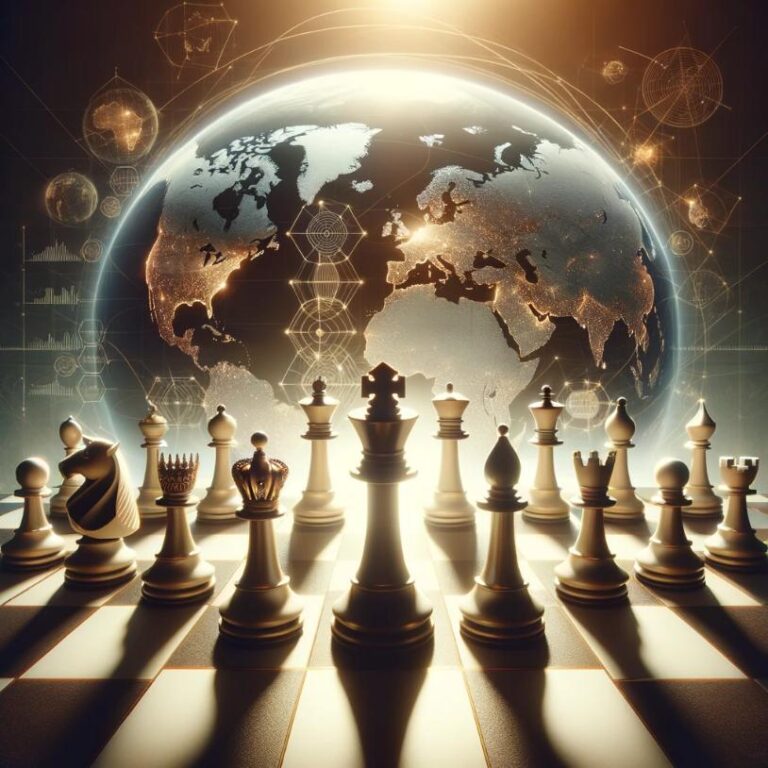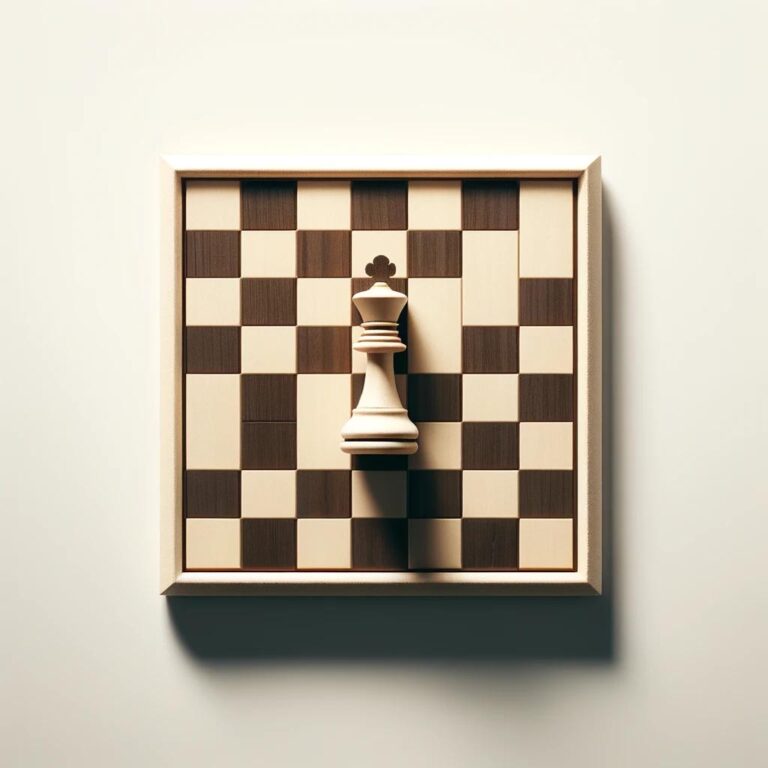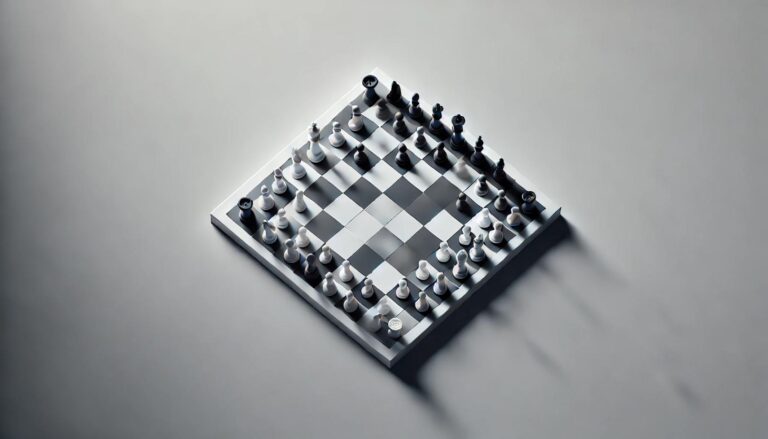The Origins of Chess
The game of chess has a long and rich history, dating back over 1,500 years. Its origins can be traced back to ancient India, where it was known as chaturanga, which means “four divisions” in Sanskrit. Chaturanga was a strategic board game played by four players, each controlling an army consisting of infantry, cavalry, elephants, and chariots. Over time, the game evolved and spread to other countries such as Persia, Arabia, and Europe.
In Persia, the game was known as shatranj and was played with a slightly different set of pieces. It was during this time that the game began to take on the form we recognize today, with a 64-square board and the familiar pieces of pawns, knights, bishops, rooks, a queen, and a king.
The game started gaining popularity in Europe during the 9th century, and by the 15th century, it had become a favorite pastime among the nobility. The rules of the game were standardized and refined during this time, and by the 19th century, chess had become a well-established and highly respected activity.
The Evolution of Chess
As chess spread to different countries, it continued to evolve and take on various forms. In the 18th century, a variation called chess960 was invented by a man named Benjamin Franklin. In this version, the starting positions of the pieces were randomized, adding an element of surprise and requiring players to think on their feet.
In the 20th century, the popularity of chess skyrocketed, with the rise of chess masterminds such as Bobby Fischer and Gary Kasparov. Tournaments and championships became more widespread, and the game even became a symbol of competition and intelligence between countries during the Cold War.
To keep up with the times, chess has also undergone changes in the way it is played. The use of digital chess boards and online platforms has made it possible for people to play against opponents from all around the world. There are also variations such as speed chess, where players have limited time to make their moves.
The Significance of Chess
At its core, chess is a game of strategy, logic, and critical thinking. It requires players to think several moves ahead and anticipate their opponent´s possible actions. This makes chess not just an entertaining pastime but also a way to exercise the mind and improve cognitive skills.
For centuries, chess has been seen as a symbol of intelligence and intellect. It has been played by leaders, philosophers, and mathematicians, with some even claiming that playing chess regularly can increase one´s IQ. Many educational institutions have also incorporated chess into their curriculum, as it has been shown to improve problem-solving abilities, concentration, and decision-making skills.
Aside from its benefits for the mind, chess also fosters qualities such as patience, perseverance, and sportsmanship. A game can last for hours, and players must maintain a calm and focused demeanor until the very end. Losing and learning from mistakes is also an inherent part of playing chess, teaching players to handle defeat with grace and learn from their errors.
The Future of Chess
Despite being a game that has been around for over a millennium, chess continues to thrive and evolve in the modern world. The number of players and tournaments has increased exponentially, and the game has even made its way into popular culture, with movies, books, and TV shows featuring chess prominently.
There is also a push to make chess more inclusive and accessible to people from all walks of life. Organizations such as Chess in the Schools and Chess for Success aim to bring the game to underserved communities and use it as a tool for education and development.
In recent years, the game has also become more gender-inclusive. The introduction of women´s only tournaments and the rise of female chess prodigies have brought more attention to the gender gap in chess and efforts to close it.
In conclusion, chess´s long and storied history has made it a beloved and enduring pastime. Its role as a challenging mental exercise, as well as a symbol of intelligence and strategy, ensures that it will continue to be a significant part of our culture for years to come.




